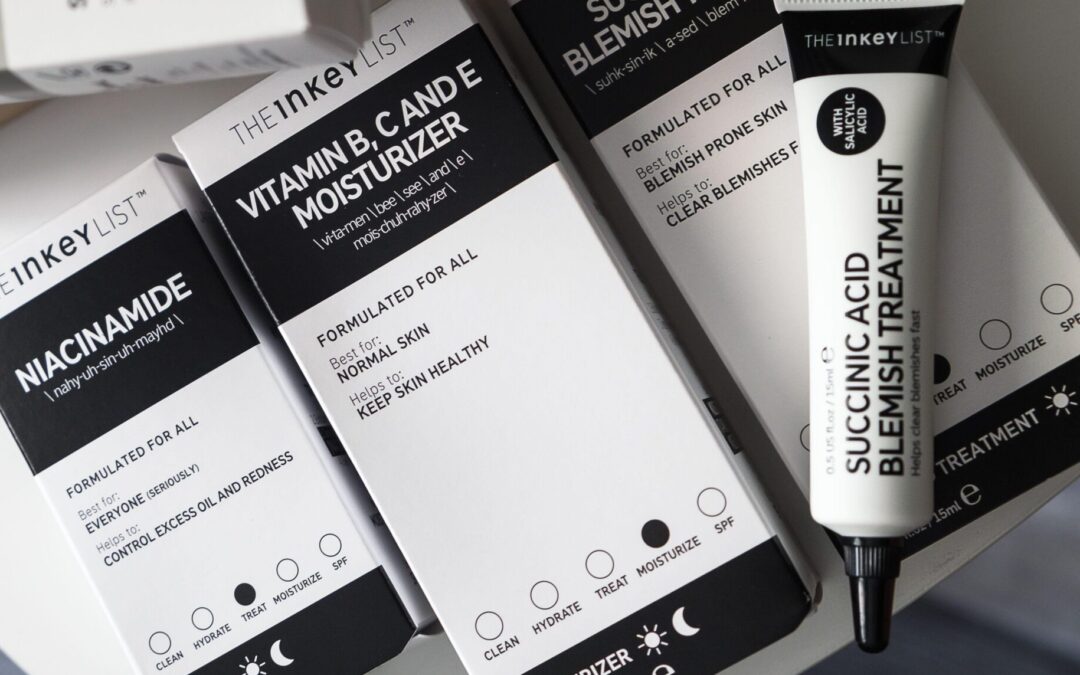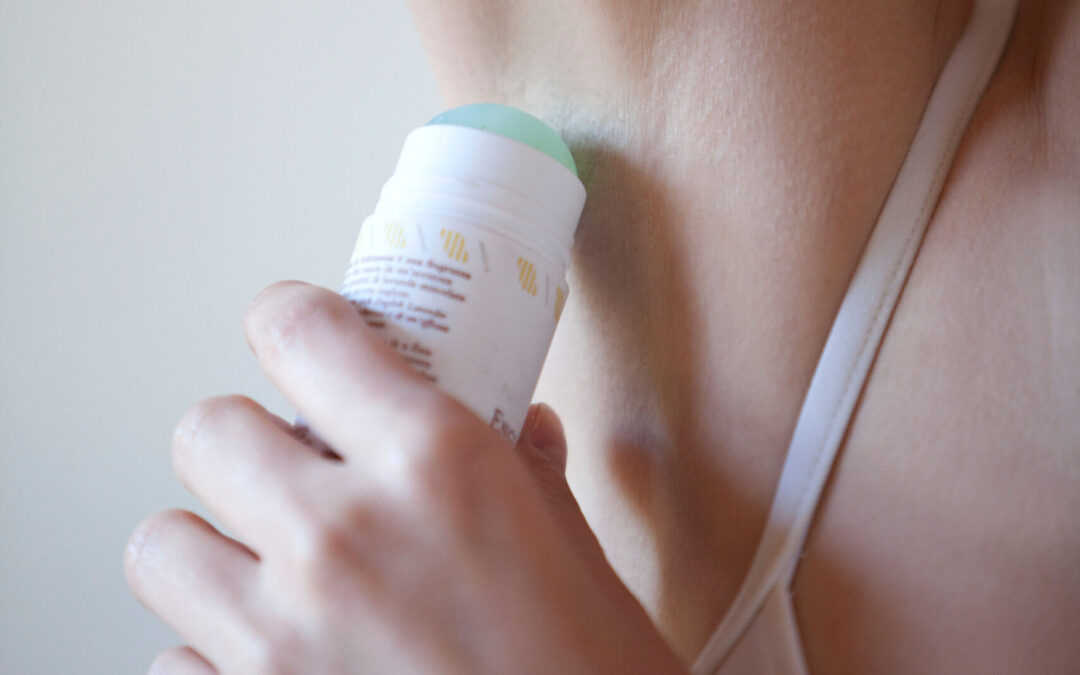It’s time to give your scalp the same love you give your face, and we’re not just talking shampoo and hair masks. Glycolic and salicylic acid have long been used for skincare, yet they’re now trending in the world of “ScalpTok”. But how do they actually work?
We spoke to two expert dermatologists to get the lowdown on these two treatments, and discover whether they’re a scalp hit or miss.
“Scalp care is the most essential thing you can do for healthy hair care. Giving your scalp a great cleanse and taking away buildup means it has the opportunity for a clean environment to grow hair in.” says Dr Annyella Douglas, a dermatologist from Florida who specialises in hair loss and restoration.
This is where the stars of the show, glycolic and salicylic acid, come into play.
A quick course in chemistry
Dr Eshini Perera is a consultant dermatologist from Melbourne, who often treats people with scalp disorders such as psoriasis.
She explains: “Both glycolic and salicylic acid are commonly used in dermatology as exfoliants. These acids are ‘chemical’ exfoliants, as opposed to physically exfoliating, such as a scrub.”
Glycolic helps to shed dead skin cells, revealing newer, healthier ones underneath, whereas salicylic is commonly used to unclog pores and flush out any nastiness.
The key difference between the two is their chemical make-up, as glycolic acid is classed as an alpha-hydroxy acid (AHA), and salicylic acid as a beta-hydroxy acid (BHA).
But you’re probably thinking: what does that even mean?
Dr Perera breaks it down: “Glycolic acid is an alpha-hydroxy acid, which means it’s a chemical exfoliant that acts on the surface of the skin. Therefore, we normally use this for exfoliating the skin surface. It exfoliates by weakening the bonds between the cells on the top layer of the skin, which results in ‘shedding’ of the skin.
“Whereas beta-hydroxy acids, like salicylic acid, are oil soluble, which means they penetrate deeper into the pores and oil glands rather than just staying on the surface.”
Read more Haircare: Should we be ‘slicking it back’ after skipping hair wash day? – Radiance
Which is better used for what?
Both dermatologists recognise either acid as treatments for dandruff, but recommend salicylic professionally due to the lack of academic work surrounding glycolic.
“We would normally use salicylic acid more commonly to treat dandruff, because it’s caused due to an overgrowth of a yeast called malesthesia,” says Dr Perera, “this malesthesia loves living in oily hair, so the oilier your hair is, the more debris and flaky skin you have on your scalp, the more it thrives.
“So ingredients like salicylic acid actually help to both get rid of the dirt and also degrease the scalp, whilst also reducing that favorable environment for malesthesia to live in.”
However, both recommend glycolic acid for scalp exfoliation, and it can also be used alongside a BHA like salicylic acid.
Concentration is Key
She also emphasises the importance of choosing the right level for your scalp:
“With both acids, the concentration is often the biggest concern,” she says, “ we can’t go too high, because there is a risk of stripping your skin barrier from over exfoliating. People don’t recognize when they’re stripping their skin barrier, and that’s important to recognise because it can be hard to deal with dandruff that’s red and itchy, as well as realising when you’re overdoing it, because the symptoms are both the same.
“We want to use a really low amount, under 7% for salicylic is ideal, but I’d go even lower with glycolic. Because glycolic acid has such a small molecule size, a smaller dose is even more important because it has that ability to break apart the bonds.”
The Ideal Routine
Dr Douglas explains how to use each acid to prevent irritation, “With glycolic acid, use it before you wash your hair. Start by putting it on once a week, by pulling up your hair and putting it on the scalp , rather than the hair itself. Let it sit for no more than 30 minutes, wash it out, and then you’re going to use your shampoo as normal.
“With salicylic acid, you can also do it that way. But a lot of brands actually have salicylic in their shampoos now, which is an easier way of incorporating it.”
Who should be wary of using acids?
“The scalp is just an extension of a unique type of skin, and so we don’t want to damage this,” says Dr Douglas, “If your hair is more prone to dryness, then you might want to consider using weaker strengths or leaving it in for a shorter amount of time.
“Curlier hair types and colour-treated hair types are usually a bit more dry, so be more wary with these types. Because the acids are exfoliating, you never want to make existing conditions worse.”
Although research on glycolic acid is lacking currently, Dr Douglas acknowledges it’s an ever-growing trend on social media amongst both skincare enthusiasts and dermatologists.
“Glycolic acid can be used for so many things, I won’t be shocked with its popularity, if we start seeing it even more. That’s what’s so exciting about medicine, we don’t have to keep finding new things. We just figure out how many different things one ingredient could be used for.” she said.
Both glycolic and salicylic seem to have got that expert approval, and it’s clear these acids pack a punch. If you’re looking for recommendations, check out our Budget Buys page for some we’ve tried and tested.




